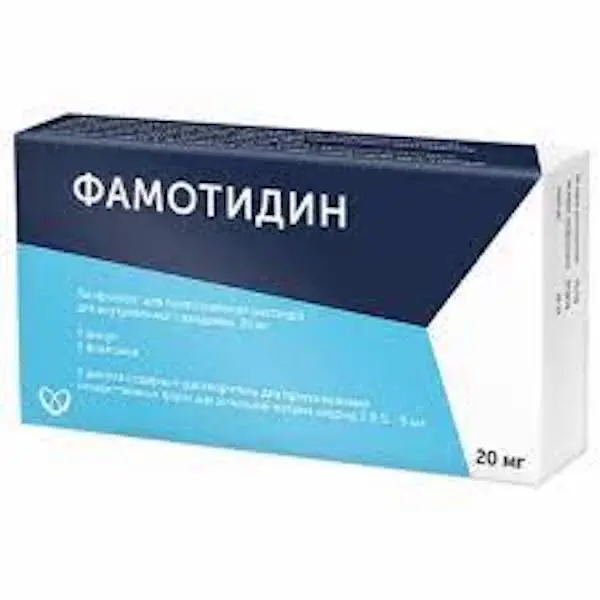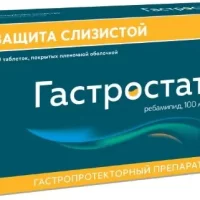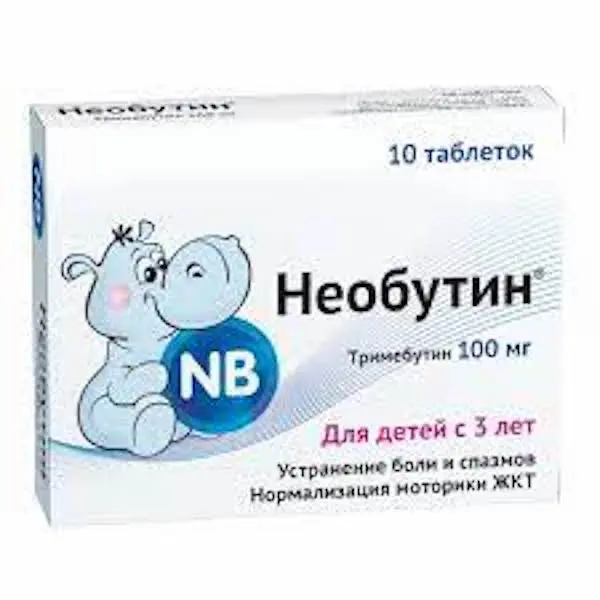Description
Famotidine Pharmacodynamics
Famotidine is a potent competitive inhibitor of H2-histamine receptors.
The main clinically relevant pharmacological action of Famotidine is inhibition of gastric secretion. Famotidine reduces both the concentration of hydrochloric acid and the volume of gastric secretion, while changes in pepsin secretion are proportional to the volume of gastric juice secreted.
In healthy volunteers and patients with hypersecretion of gastric juice, famotidine inhibits basal and nocturnal secretion of hydrochloric acid as well as secretion stimulated by food intake, administration of pentagastrin, caffeine, insulin, and vagus nerve irritation.
The action of Famotidine after intravenous administration with a dose of 10-20 mg reaches a maximum of 1-3 hours (after oral administration of 20-40 mg of Famotidine – 10-12 hours), the duration of action of Famotidine after intravenous as well as after oral administration is 10-12 hours, the intensity and duration of suppression of gastric secretion are dose-dependent. No cumulation is observed after repeated administration.
Famotidine has practically no effect on gastrin serum concentration on an empty stomach and after meal.
Famotidine has no effect on the rate of gastric emptying, exocrine function of the pancreas, blood flow in the liver and portal system. No effect on the nervous, cardiovascular, respiratory and endocrine systems has been noted. Antiandrogenic effect of the drug, as well as the effect on prolactin, cortisol, thyroxine (T4) and testosterone levels has not been noted. Famotidine has no effect on the cytochrome P450 enzyme system in the liver.
Indications
Famotidine is recommended for administration to inpatients who are unable to take the drug orally. Parenteral administration of Famotidine may be used until oral therapy becomes possible.
– Duodenal ulcer;
– peptic ulcer without malignization (good clinical effect in response to famotidine administration does not allow to exclude the presence of ulcer malignization);
– gastroesophageal reflux disease;
– other conditions accompanied by gastric juice hypersecretion (e.g., Zollinger-Ellison syndrome);
– Prevention of Mendelsohn syndrome (aspiration of acidic gastric contents) during general anesthesia.
Contraindications
– Hypersensitivity to famotidine or other drug components;
– Pregnancy and breast-feeding;
– Age under 18 years.
Caution
Hepatic and/or renal failure, liver cirrhosis with encephalopathy (in anamnesis), immunodeficiency states.
History of allergy to other H2-histamine blockers (cross-sensitivity may be present).
Dosage and administration
- The drug is intended for intravenous administration only!
- The initial dose for intravenous administration should not exceed 20 mg twice a day (every 12 hours).
- The contents of the vial should be dissolved in 5-10 ml of 0.9% sodium chloride solution (solvent ampoule) and then slowly injected (for at least 2 minutes). When infusing the drug the solution should be administered for 15-30 minutes.
- Solutions should be prepared immediately before administration. Only clear colorless solutions may be used.
- Hypersecretory conditions, gastric and duodenal ulcer in acute stage:
- – slowly bolus, over 2 minutes, 20 mg 2 times a day;
- – Dropwise, for 15-30 minutes, 20 mg twice daily.
- Reflux esophagitis
- – 20 mg 2 times daily intravenously slowly.
- Zollinger-Ellison syndrome.
- The initial dose is 20 mg intravenously every 6 hours. If necessary, the dose of the drug is increased depending on the volume of acid production and the clinical condition of the patient.
- To prevent aspiration of acidic gastric contents during general anesthesia
- – 20 mg in the morning on the day of surgery or at least 2 hours before surgery.
- Renal Impairment
- As famotidine is mainly excreted unchanged by the kidneys, precautions should be taken in patients with severe renal insufficiency. If creatinine clearance is less than 30 ml/min and serum creatinine concentration exceeds 3 mg/100 ml, the dose should be reduced to 10 mg or the intervals between injections of the usual dose should be increased to 36-48 hours.
- Children
- The safety and efficacy of the drug in children have not been fully established.
- Older age (over 65 years)
- There is no need to adjust the dose according to age.





